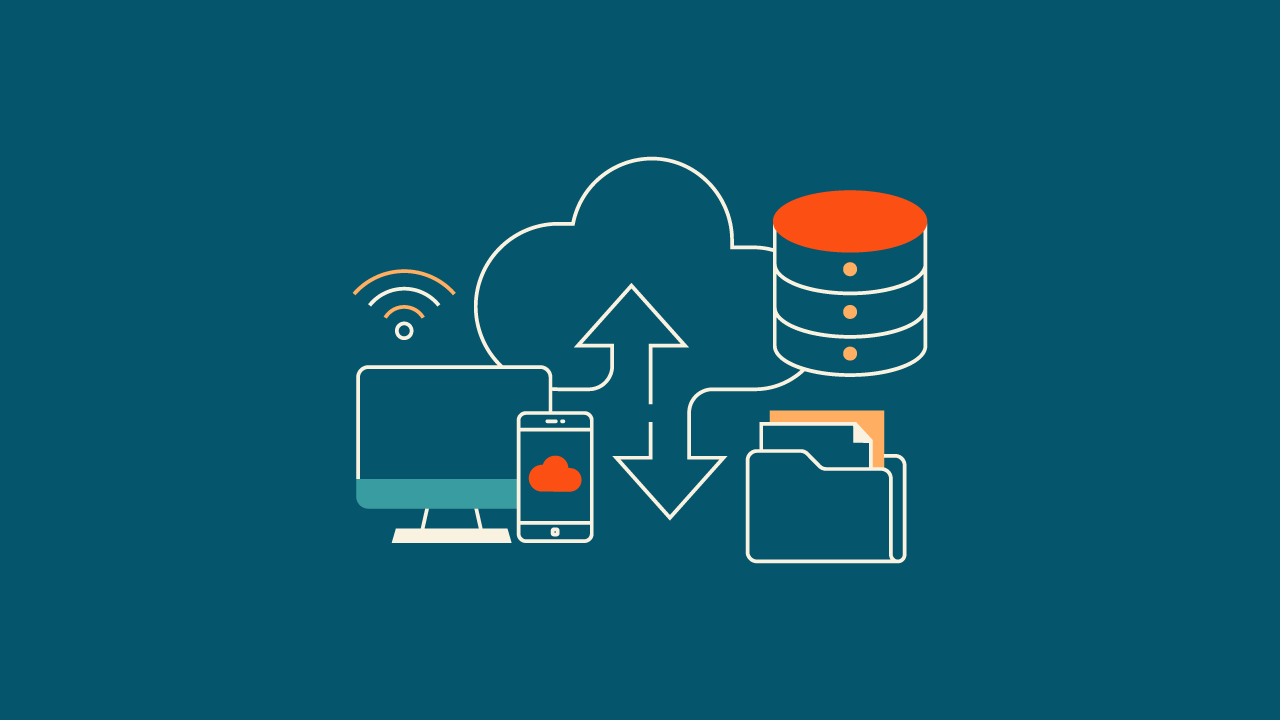Dynamic Online Backup European Servers In the Cloud Era
Organizations must overcome the urgent challenge of protecting their priceless data as digital data storage becomes more and more important. By offering safe and accessible storage for important data, cloud database backup offers a solution. We will discuss the advantages and significance of cloud database backup in this article, as well as the best methods for putting it into practice and effectively managing it.
- Knowing how to backup a cloud database
Comprehensive Backup Photos Online Quick Guide
The process of keeping copies of your database in a remote server or data center that is online is referred to as cloud database backup. It offers an off-site backup option that guarantees data redundancy, hardware fail-safeness, natural disaster defenses, and cyber threats. Backup Solution For Ubuntu.
- Benefits of cloud database backup
Scalable Backup Solution For Business Solutions
Compared to conventional backup techniques, cloud database backup has a number of advantages. These consist of:

- Data redundancy: By storing data across multiple servers, hardware failures and disasters are less likely to cause data loss.
Scalability: With cloud backup, you can quickly increase or decrease the amount of storage you need depending on your needs.
Accessibility: With cloud backup, any device with an internet connection can access your data whenever, wherever you want.
Cost-effectiveness: Cloud backup makes it unnecessary to spend money on expensive backup personnel, infrastructure, and maintenance.
Automated Backups: By automating scheduling and incremental backups, cloud backup services frequently eliminate the need for manual backup.
Cost-effective Backup Server Cost Explained
- Selecting a Cloud Database Backup Service:
Take into account the following when choosing a cloud database backup provider:
Automated Cloud Backup Services Canada Customization Options
- Security Measures: Make sure the provider uses reliable security measures like compliance certifications, access controls, and encryption.
- Reliability: Look for businesses that have a solid reputation for dependability and dependable uptime.
- Scalability: Verify that the service provider provides storage options that are adaptable to your expanding data requirements.
- Data transfer speed: Take into account the provider's bandwidth and network infrastructure for quick and effective data transfers.

- Cloud database backup implementation:
Smart Backup Services For Small Business Strategies
Use the following best practices to implement cloud database backup:
- Establish backup policies: Clearly specify your backup needs, including the frequency, retention, and recovery point goals.
- Encryption: To additional resources guarantee the confidentiality and integrity of your data, encrypt it before transferring it to the cloud.
- Regular Testing: Verify the veracity and thoroughness of your backups by regularly testing the restoration process.
Implement monitoring and alerting mechanisms to quickly identify problems or failures in the backup procedure.
- Disaster Recovery Plan: Create a thorough disaster recovery plan that outlines how to recover data in the event additional hints of an emergency.
Scalable Cloud Backup Whitelabel For Experts

- Cloud database backup management
Continuous monitoring and maintenance are necessary for managing cloud database backup. Think about these suggestions:
Fast Online Video Backup Service Quick Guide
- Regularly Monitor Backups: Keep an eye on the backup procedure to make sure it's done correctly and quickly fix any mistakes or failures.
- Review and update backup policies on a regular basis to keep up with evolving regulatory requirements and changing business needs.
- Retention Management: Depending on business priorities and legal requirements, control how long your backups remain in storage.
Implement data archiving techniques to transfer rarely accessed data to cost-effective storage tiers while maintaining accessibility.
Periodic Reviews: Review your cloud database backup strategy on a regular basis to spot areas for improvement and make sure it aligns with company objectives.
Important Notes:
Intuitive Backup Solution For Backup Data Comprehensive Review
- Cloud database backup offers advantages like data redundancy, scalability, accessibility, cost efficiency, and automated backups for secure and accessible storage of important data.
- When selecting a provider, take security precautions into account, as well as dependability, speed of data transfer, and reliability.
Creating backup policies, encryption, regular testing, monitoring and alerting, and creating a disaster recovery plan are all steps in the implementation of cloud database backup.
Regular backup monitoring, backup policies updates, retention management, data archiving, and periodic reviews are all necessary to effectively manage cloud database backup.
Remember that protecting the sensitive data in your organization requires the implementation of a strong cloud database backup strategy. To guarantee data security, accessibility, and business continuity, embrace cloud backup's power.
Resilient Smb Cloud Backup In a Nutshell
Key Takeaways or a related phrase
Data redundancy and protection against hardware failures or disasters are look at here both guaranteed by cloud database backup.
Scalability, accessibility, cost effectiveness, and automated backups are some of the advantages.
When selecting a provider, take security precautions into account, as well as dependability and data transfer speed.
- Adopt best practices like disaster recovery planning, encryption, regular testing, monitoring, and alerting.
Monitoring backups, updating policies, managing retention, putting data archiving into place, and conducting periodic reviews are all parts of effective management.